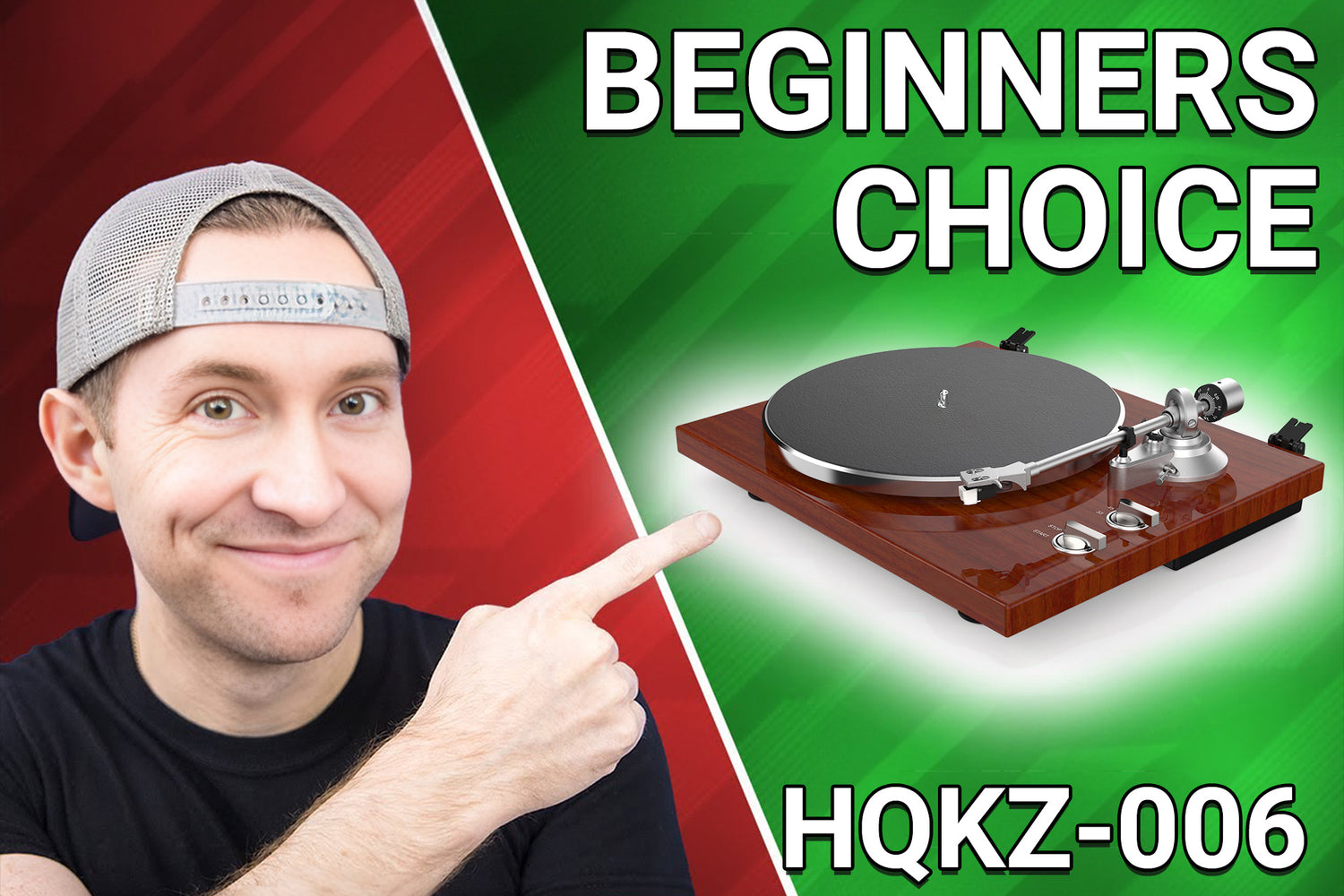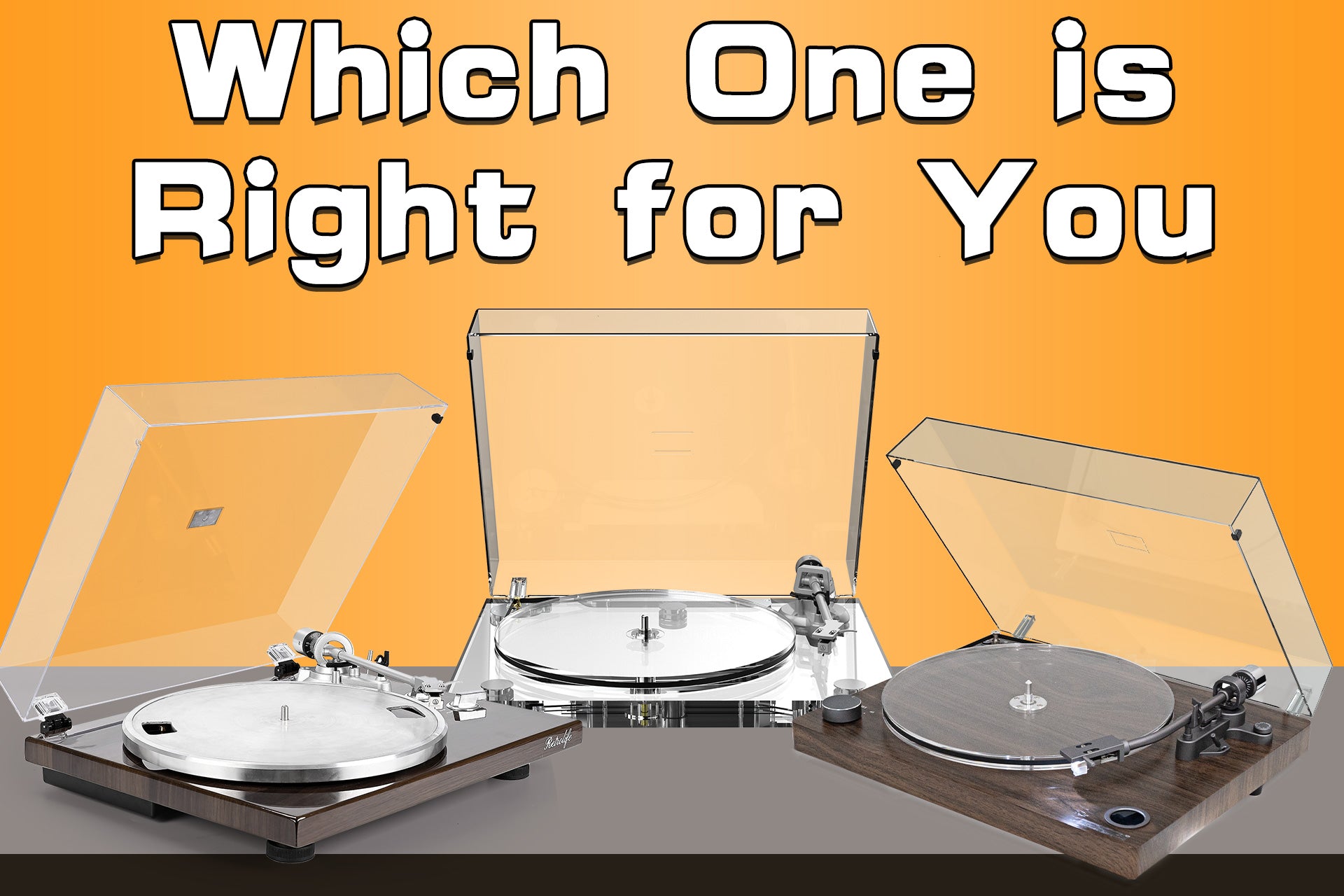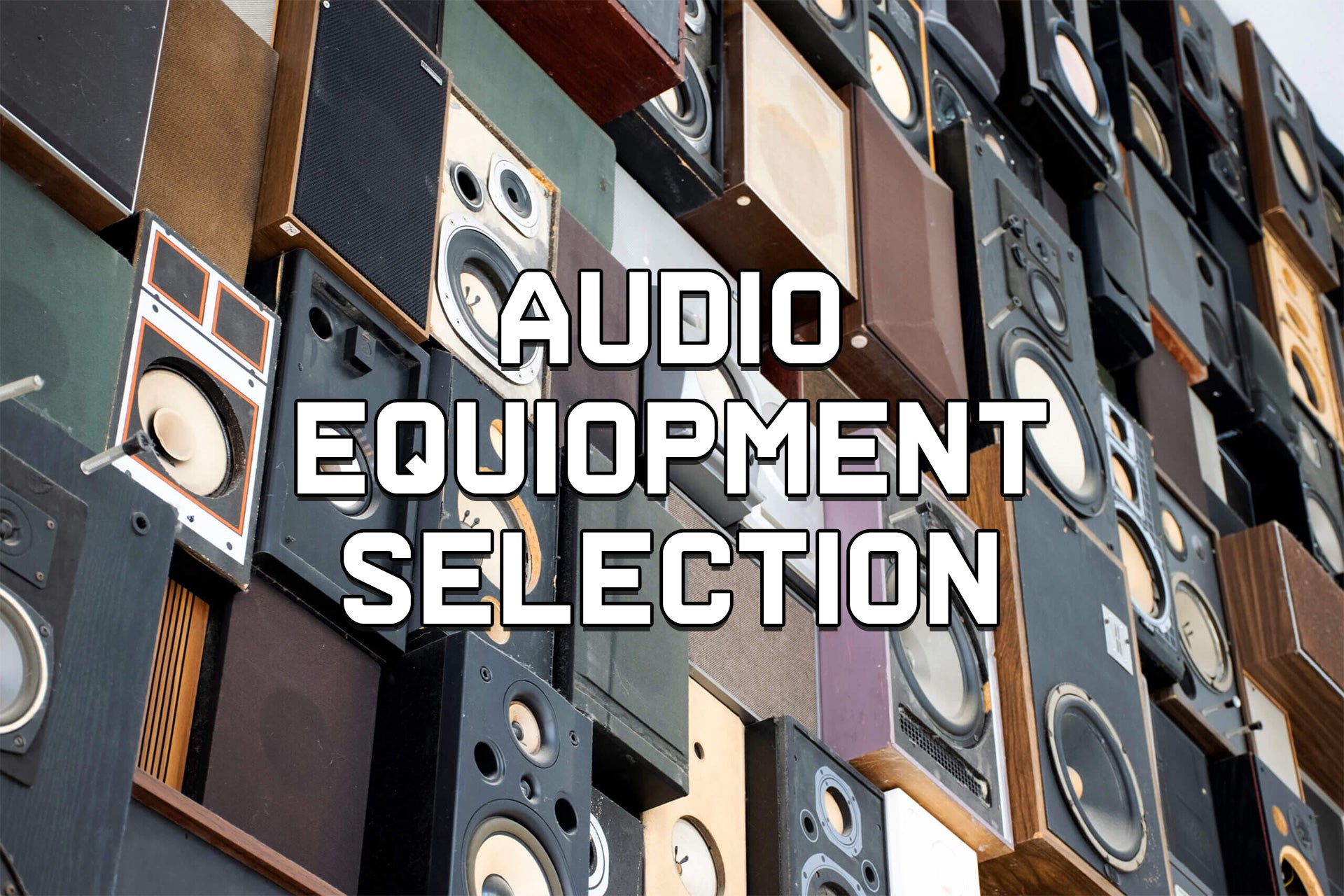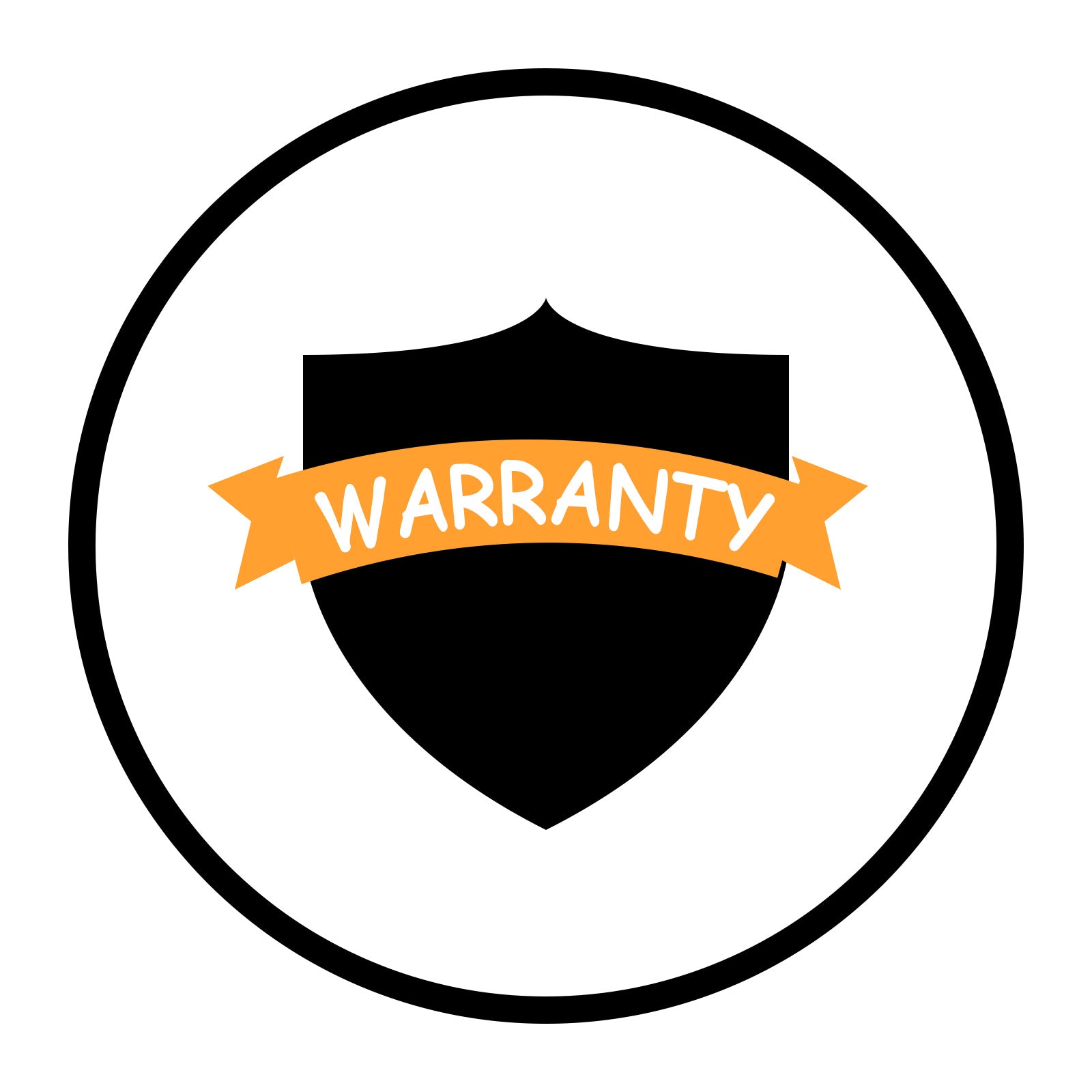Introduction
Vinyl has an undeniable charm and warmth that digital music often misses, drawing listeners back to record players and analog setups. For beginners stepping into the world of vinyl, creating the best record player setup can be a daunting task. From choosing the right turntable to understanding the importance of sound systems, speakers, and even record storage, each component plays a critical role in achieving an optimal listening experience. In this guide, we’ll break down everything a beginner needs to know to enjoy music on vinyl, ensuring their setup is top-notch from the start.
1. Choose the Right Record Player
The first step in building the best record player setup is to choose the right turntable. As a beginner, it’s crucial to understand the types of turntables available. Manual turntables require the user to place the needle on the record and lift it at the end, which adds a hands-on experience. Automatic turntables, however, start and stop with the push of a button, making them ideal for convenience-focused beginners.
When selecting a turntable, consider essential factors such as:
- Budget: High-quality entry-level turntables can vary in price, so establish a budget that suits your needs.
- Features: Some turntables come with built-in Bluetooth connectivity, allowing for wireless streaming to speakers, which can be great for those looking to avoid additional wiring.
- Build Quality: Turntables made from acrylic or high-quality materials are more durable and help reduce vibrations, leading to better sound quality.
Popular entry-level turntables, like those from Audio-Technica, Rega, or Pro-Ject, offer excellent sound without breaking the bank. Focus on models with quality tonearms and cartridges, as these components directly impact sound quality. By choosing a turntable that aligns with your needs, you set the foundation for a satisfying vinyl experience.
2. Consider Speakers and Sound Systems
The next critical element of the best turntable setup is the sound system. Good speakers will amplify the warmth and richness of vinyl records, elevating the listening experience. There are two main types to consider:
- Passive Speakers: Require a separate amplifier and are often preferred by audiophiles for their customization options.
- Active (Powered) Speakers: Have a built-in amplifier, which makes them convenient for beginners.
If you’re choosing passive speakers, ensure that your amplifier is compatible with your turntable’s output. Some turntables have a built-in preamp, which amplifies the record’s sound signal. If your turntable doesn’t have this feature, you’ll need to buy a separate preamp. High-quality brands like KEF, Klipsch, and Edifier produce both active and passive speakers with excellent sound quality, making them great options for beginners.
For the best turntable setup, ensure that the placement of the speakers complements the room’s acoustics. This involves avoiding placement near walls or corners, as sound waves tend to reflect, potentially distorting the audio.
3. Consider Record Storage and Protection
Once you start collecting vinyl, it’s essential to consider record storage and protection as part of your setup. Vinyl records are delicate and can easily be damaged if not stored properly. Poor storage not only affects the sound quality but can also cause records to warp or develop scratches over time.
Here are some essential tips for record storage:
- Vertical Storage: Always store records vertically to prevent warping. Horizontal stacking can cause the weight to damage the vinyl at the bottom of the stack.
- Temperature Control: Keep records in a cool, dry environment. High temperatures or humidity can lead to warping or mold.
- Use Protective Sleeves: Invest in both inner and outer sleeves. Inner sleeves protect the vinyl itself, while outer sleeves protect the album cover, which is also part of the record’s charm.
Having a designated, organized space for records ensures they remain in top condition. Record crates, dedicated vinyl shelves, or custom storage solutions are ideal. Proper storage and handling of vinyl records not only extends their lifespan but also enhances your enjoyment of music on vinyl for years to come.
4. Understand the Basic Operations of Record Players
Even with the best record player and sound system, understanding basic operations is key to a smooth listening experience. Many beginners find that learning a few essential maintenance and operational techniques can vastly improve the quality of their setup.
Key aspects to consider include:
- Stylus Care: The stylus, or needle, is what reads the grooves of your vinyl. Regularly cleaning and replacing the stylus when needed will prevent damage to both your records and the sound quality.
- Tracking Force and Anti-Skate Adjustment: Many turntables allow you to adjust the tracking force (the pressure of the needle on the record) and anti-skate (keeps the needle from moving inward). Properly adjusting these settings can improve sound quality and prevent record wear.
- Record Cleaning: Dust and debris can accumulate on vinyl, leading to clicks and pops in sound. Invest in a basic cleaning kit with a soft brush, anti-static cloths, and cleaning solution to maintain the records.
By mastering these operations, you can ensure your records and turntable remain in top condition, preserving the longevity of your best record player setup.
5. Enjoy Music on Vinyl
With the setup complete, all that’s left is to enjoy the unique experience of music on vinyl. Vinyl records capture the essence of music in a way digital formats often can’t match. From the sound of the stylus dropping onto the record to the subtle pops that occur over time, vinyl listening is as much about the experience as it is about the music.
Make listening a ritual. Dedicate time to sit back, relax, and truly immerse yourself in the sound. Many vinyl enthusiasts find that building a collection and exploring new music becomes a passion of its own. Whether you’re listening alone or sharing the experience with friends, vinyl is a special medium that connects listeners to music in a timeless way.
Conclusion
Setting up a record player doesn’t have to be complicated. By choosing the right components, maintaining your equipment, and understanding the basics of operation, you can build the best record player setup for an enjoyable and immersive listening experience. With a well-rounded sound system, proper storage, and a bit of care, your turntable setup will serve you well for years, allowing you to fully appreciate the beauty of music on vinyl.









Leave a comment
All comments are moderated before being published.
This site is protected by hCaptcha and the hCaptcha Privacy Policy and Terms of Service apply.